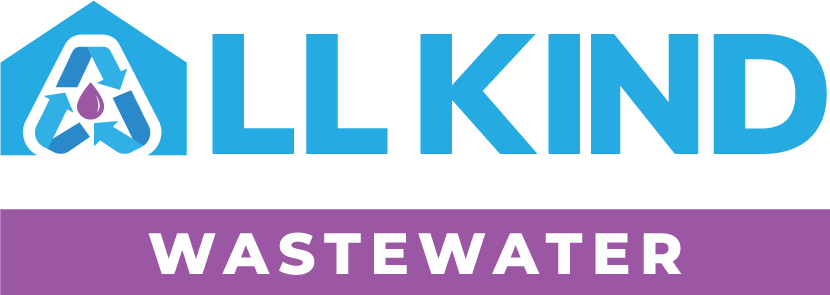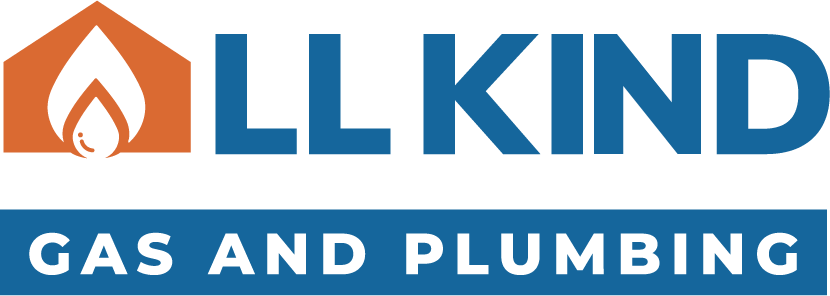Choosing the Right Type of Septic System for Your Property
Septic systems are vital for properties not connected to municipal sewer lines. Various types of septic systems are available, each with unique features and benefits. Choosing the correct type of septic system based on your property’s characteristics and local shire council regulations is crucial for ensuring proper wastewater treatment.
Conventional Septic Systems
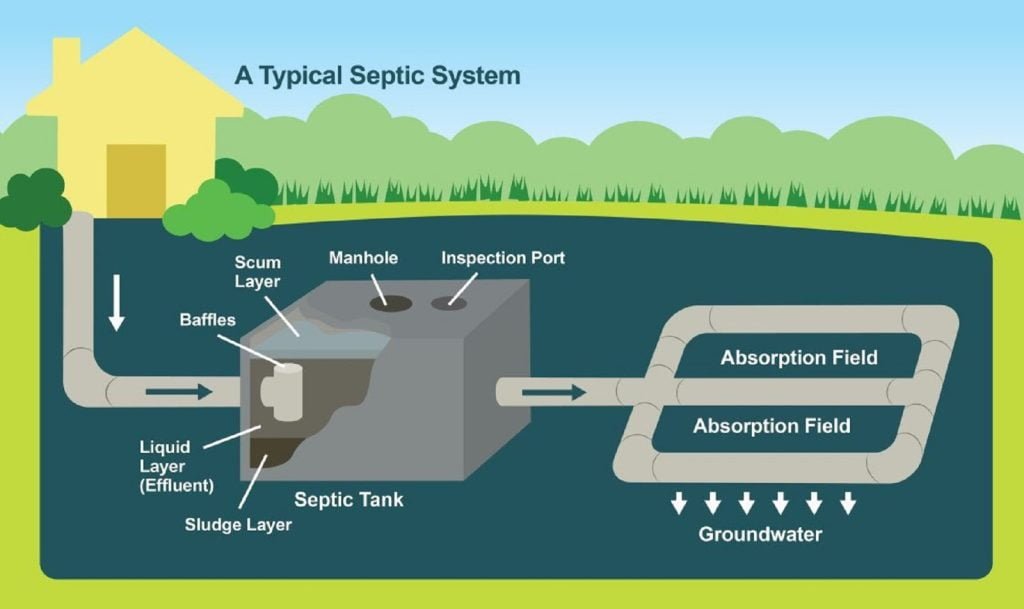

Conventional septic systems are the most common type. They consist of a septic tank and a drain field or leach field.
A. Gravity Systems
- In a gravity system, wastewater flows from the house to the septic tank and then to the drainfield or leach field by gravity.
- Advantages: simple, cost-effective, and reliable. Disadvantages: requires proper soil conditions and a large enough area for the drain field or leach field.
B. Pump Systems
- In a pump system, a pump moves wastewater from the septic tank to the drain field or leach field.
- Advantages: can be used in areas with poor soil conditions or limited space. Disadvantages: more expensive and requires electricity.
C. Suitable property characteristics for conventional septic systems
- Adequate land area for the septic tank, drain field, or leach field trenches.
- Proper soil conditions for effective wastewater treatment.
Chamber Systems
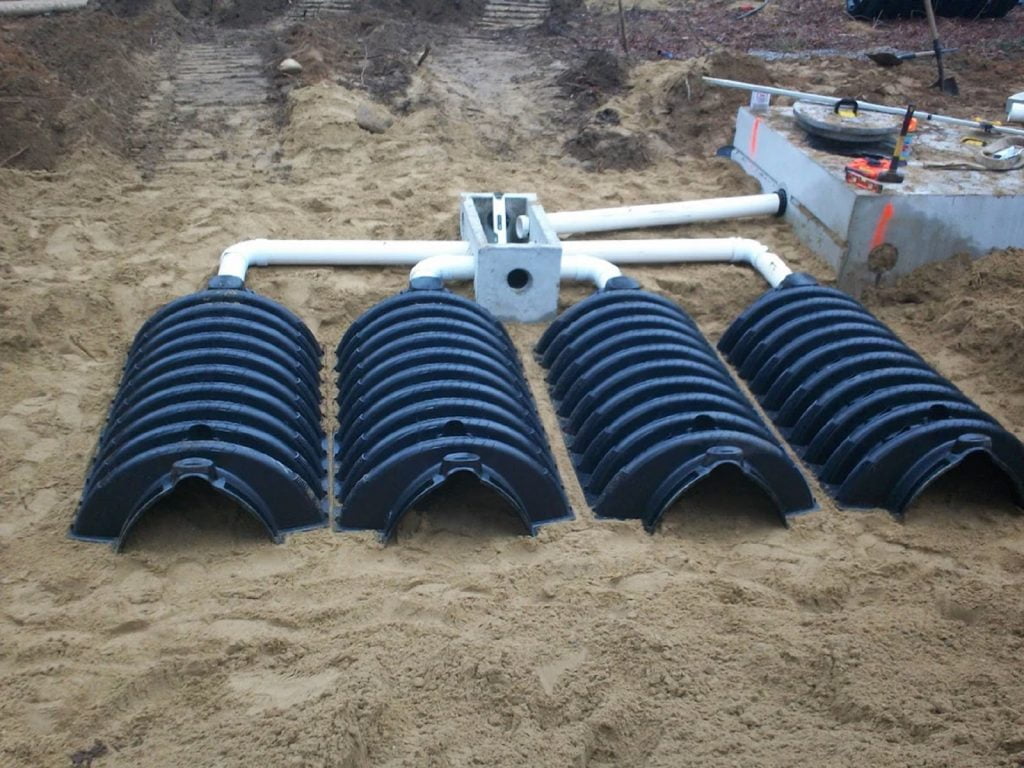

Chamber systems differ from conventional septic systems, which use a series of chambers instead of gravel-filled trenches in the drain field. These chambers allow for better wastewater distribution and improved absorption into the soil. The system allows wastewater to flow from the septic tank into the chambers, then dispersed into the surrounding soil for treatment.
Pump chamber systems offer advantages, including increased wastewater treatment efficiency and reduced likelihood of drain field clogging. They are suitable for properties with limited space or poor soil conditions that may not support a conventional septic system with trenches.
Drip Distribution Systems
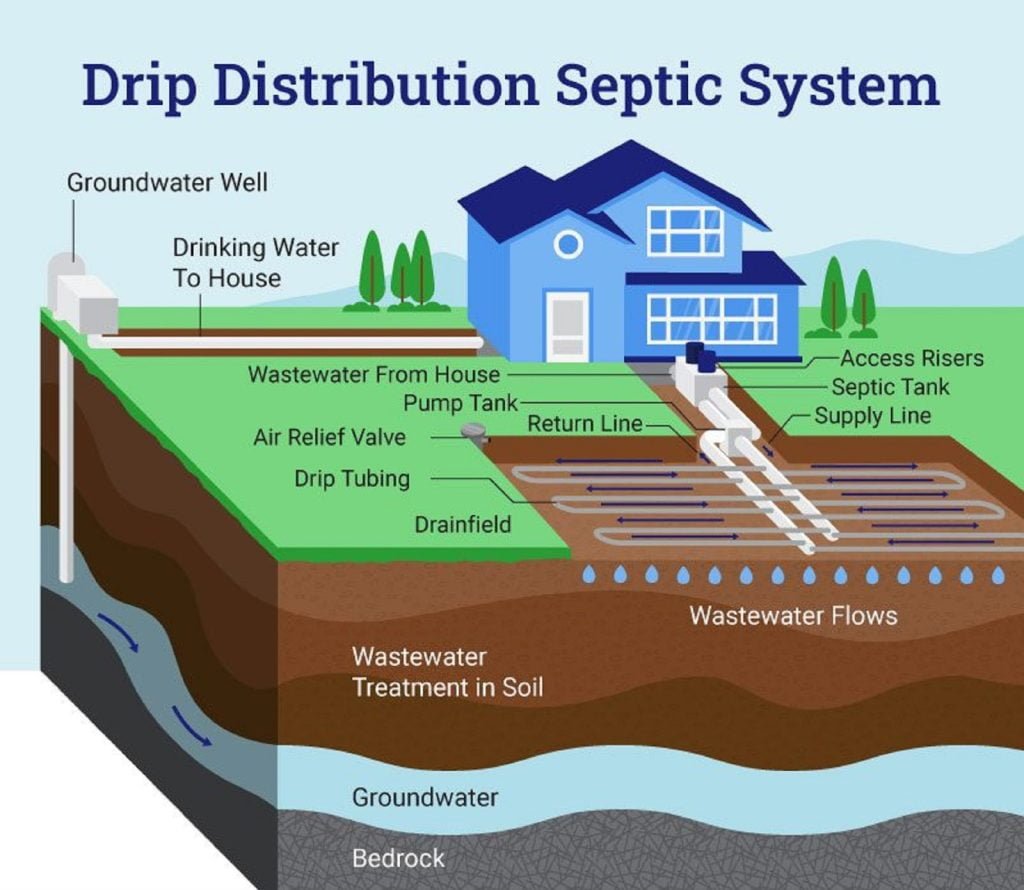

Drip distribution systems work by dispersing effluent from the septic tank through a network of small-diameter pipes and drip emitters. The wastewater flows from the septic tank into a large dose tank, distributing the effluent evenly across the drip field.
Drip distribution systems offer advantages such as better wastewater distribution, reduced risk of groundwater contamination, and the ability to use them in areas with high water tables or shallow soil depths. However, these systems are only helpful for properties with specific site conditions, such as limited space or challenging soil characteristics.
Aerobic Treatment Units


Aerobic treatment units, also known as aerobic septic systems or aerated wastewater treatment systems, work by introducing oxygen into the wastewater to promote the growth of aerobic bacteria. These bacteria break down the organic matter in the wastewater more efficiently than anaerobic bacteria found in traditional septic tank systems. The process involves wastewater flowing from the house into a pretreatment tank, where solids settle.
The effluent then moves into an aerobic treatment unit, where air is introduced to promote bacterial growth. The treated effluent passes through a final clarification chamber before being dispersed into the drain field.
Aerobic treatment units offer advantages such as better wastewater treatment, reduced odours, and the ability to produce cleaner effluent. Aerobic septic systems also have a smaller footprint than conventional septic systems. However, they require more maintenance, including regular filter cleaning and inspections, to ensure proper functioning.
Mound Systems


Mound systems are an alternative to conventional systems, particularly in areas with high water tables or shallow soil depths. These systems work by pumping the effluent from the septic tank into a raised mound of sand and gravel, filtered and treated before being dispersed into the soil. The large mound provides additional filtration and absorption, making it suitable for properties with challenging site conditions.
Mound systems offer advantages such as better wastewater treatment, the ability to use them in areas with high water tables or shallow bedrock, and the potential for landscaping integration. They may also be a good choice for properties with limited space.
Recirculating Sand Filter Systems
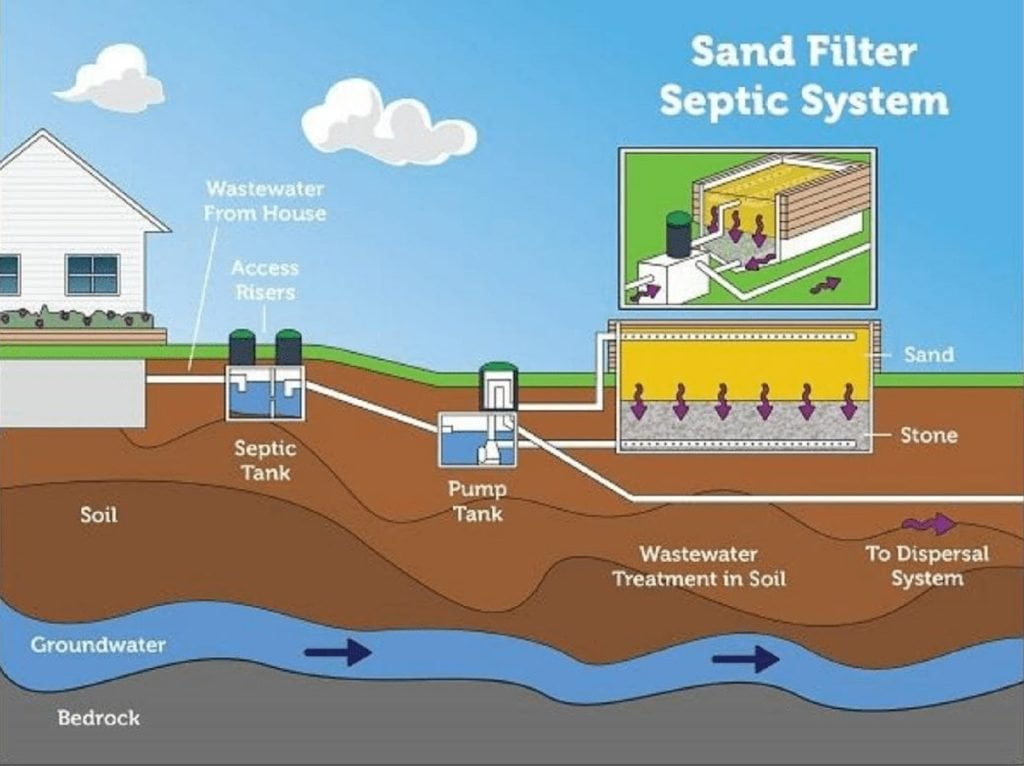

Recirculating sand filter systems use a sand filter to treat wastewater. These systems work by pumping the effluent from the septic tank into a bed of gravel and sand, where it is filtered and treated. The treated effluent is then recirculated back to the septic tank, where the process begins again. This type of system is highly effective at removing contaminants and producing high-quality effluent.
Recirculating sand filter systems offer advantages such as better wastewater treatment, reduced environmental impact, and the ability to be used in areas with poor soil conditions. However, they require more maintenance and are more expensive than other septic systems.
Aerated Wastewater Treatment Systems (AWTS)
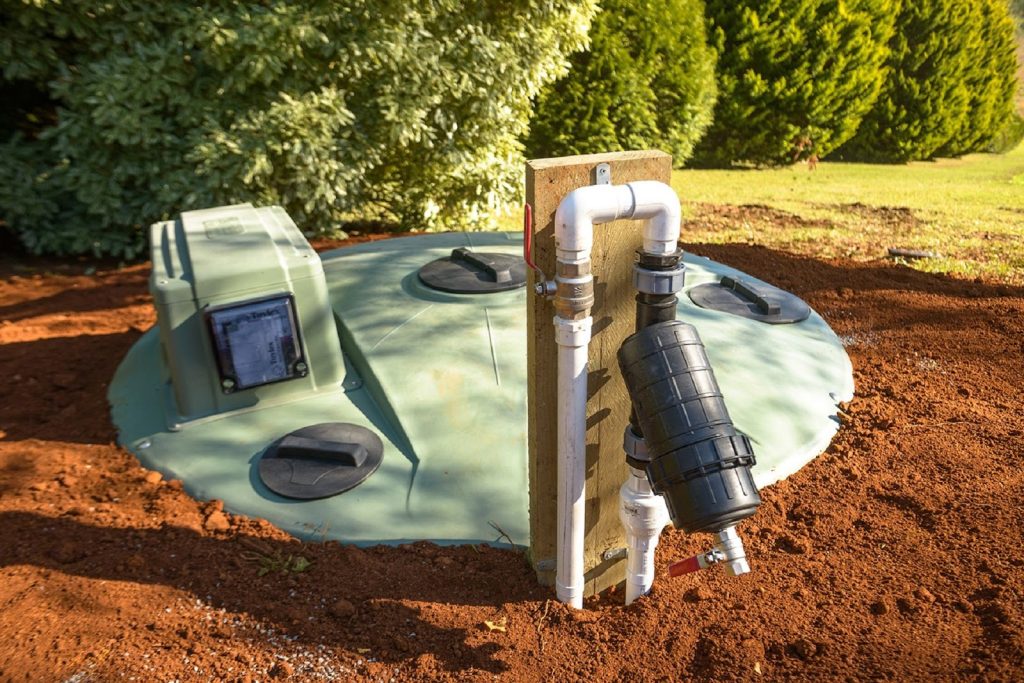

Aerated wastewater treatment systems (AWTS) are advanced wastewater treatment systems that use aerobic bacteria to break down organic matter in wastewater. These systems work by introducing air into the treatment tank, promoting the growth of aerobic bacteria. The treated effluent is then disinfected and reused for irrigation or discharged into the environment.
AWTS offers advantages such as high-quality effluent, reduced environmental impact, and the ability to reuse treated wastewater for various purposes. They are suitable for properties with limited space or in environmentally sensitive areas. However, like other aerobic systems, they require more maintenance and energy than conventional septic systems.
Other Types of Septic Systems
Other less common types of septic systems include evapotranspiration systems, which rely on evaporation and transpiration to treat wastewater; constructed wetland systems, which use natural processes to filter and treat wastewater; and community wastewater treatment systems, which serve multiple households or buildings in a centralised location.
Factors to Consider When Choosing a Septic System
- Property size and soil characteristics
- Household water usage
- Local regulations and permitting requirements
- Maintenance and cost considerations
- Environmental impact and sustainability
- Potential for wastewater reuse
- Long-term performance and durability
- Compatibility with future home expansions or renovations
Partnering with Professionals for Your Septic System Success
The proper septic system is crucial for effective wastewater treatment and environmental protection. Consult with septic system professionals and local authorities to ensure compliance with regulations and optimal system performance. For assistance choosing the appropriate septic system for your property, contact All Kind Wastewater. Let our expertise guide you towards a reliable and sustainable wastewater solution.
